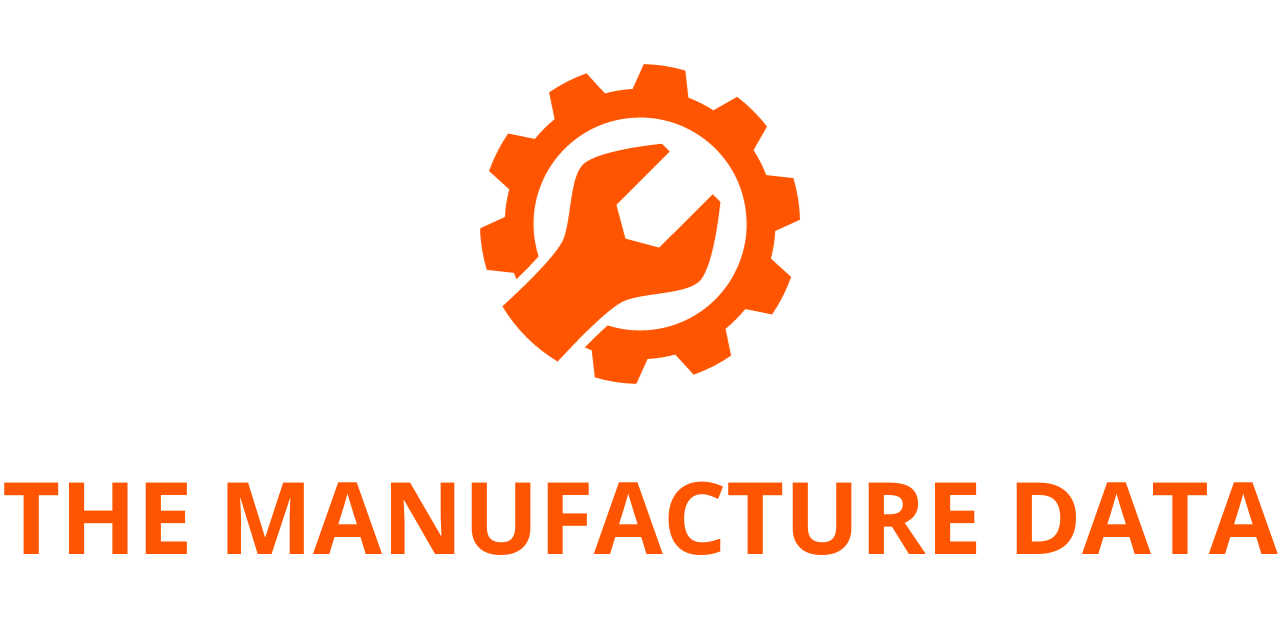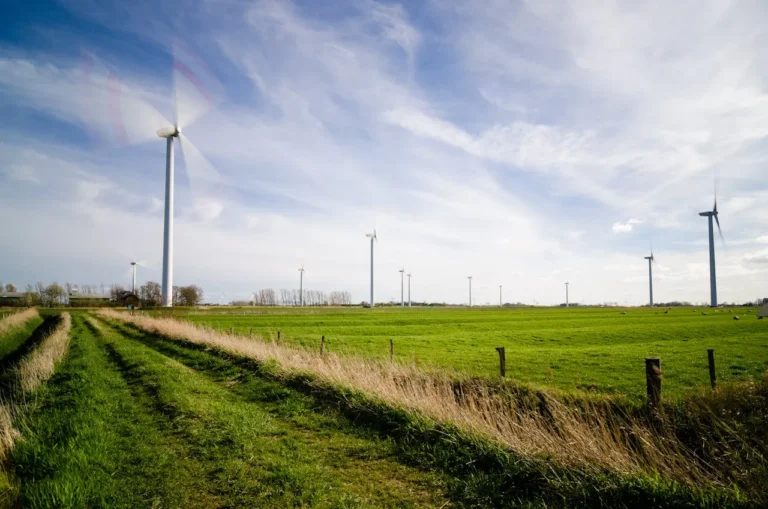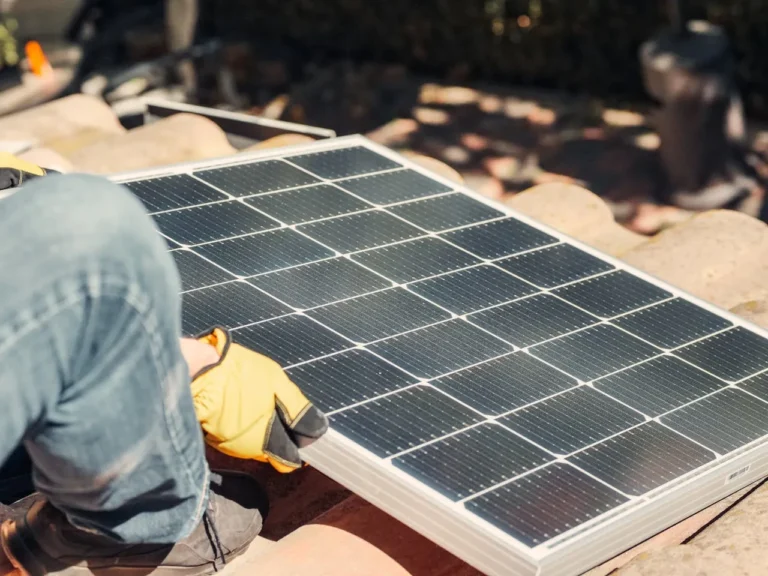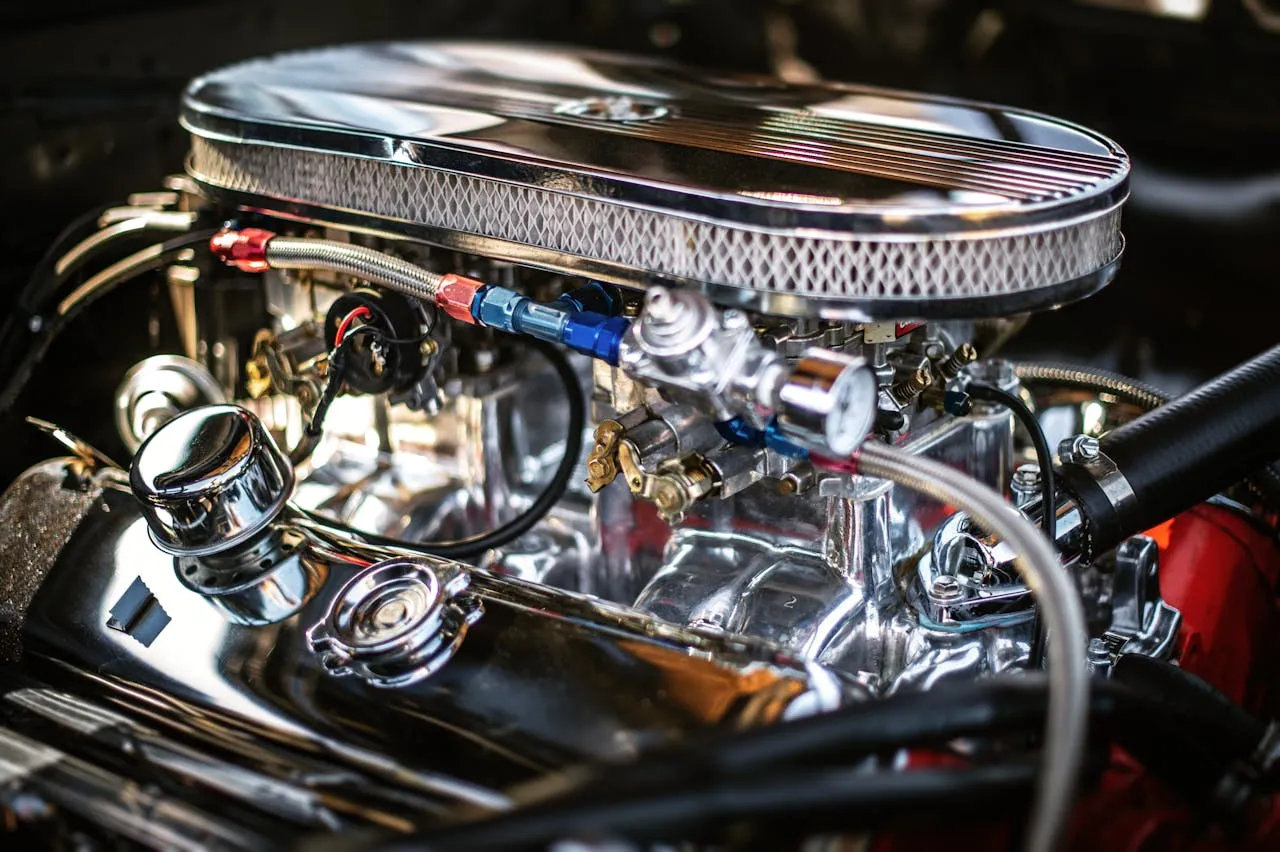
U. S. Steel’s “Steel Stories” Podcast Shifts Focus to Automotive Innovation with Insight from Industry Veteran Rebecca Lindland
U. S. Steel has taken a bold step into the future of automotive innovation with the latest episode of its “Steel Stories” podcast, featuring a compelling conversation with Rebecca Lindland, Managing Director of Automotive at Stagwell. As one of the industry’s most respected analysts and trend forecasters, Lindland brings decades of automotive expertise to the table, offering insights into how steel continues to play a foundational role in the evolution of modern vehicles.
Hosted by David Kirkpatrick, the new episode marks a significant pivot in the podcast’s editorial direction, steering into the fast-paced, ever-evolving world of transportation. As electric vehicles (EVs), hybrids, and autonomous technologies grow more sophisticated, so too do the materials required to meet new performance and safety benchmarks. Lindland dives deep into the dynamic relationship between automotive trends and advanced steel applications, illuminating how the industry is responding to consumer expectations and regulatory demands alike.
A Closer Look at the Automotive Transformation
Throughout the episode, Lindland shares how today’s car buyers are increasingly prioritizing size, safety, and energy efficiency. In response, automakers are rethinking vehicle architecture — and materials like steel are at the core of that rethinking. “Durability, reliability, and safety — those are the table stakes,” Lindland explains. “Steel is the literal and figurative frame around it all.”
One of the episode’s most striking themes is the reimagining of steel itself. Long viewed as a traditional, even legacy material, steel is undergoing its own reinvention. High-strength, lightweight grades of steel are now enabling vehicle designs that are not only safer and more efficient but also well-suited to the battery demands and crash performance of EVs. These steels are helping OEMs strike the perfect balance between weight reduction and structural integrity, while also keeping costs in check.
Lindland also highlights how the auto sector is becoming more software-defined, with over-the-air updates and digital user interfaces gaining importance. Despite these advancements in electronics, the mechanical backbone — the steel frame — remains as essential as ever. As software reshapes the user experience, steel ensures that the physical structure supports evolving form factors without compromising on safety or performance.
An Extended Experience for In-Depth Enthusiasts
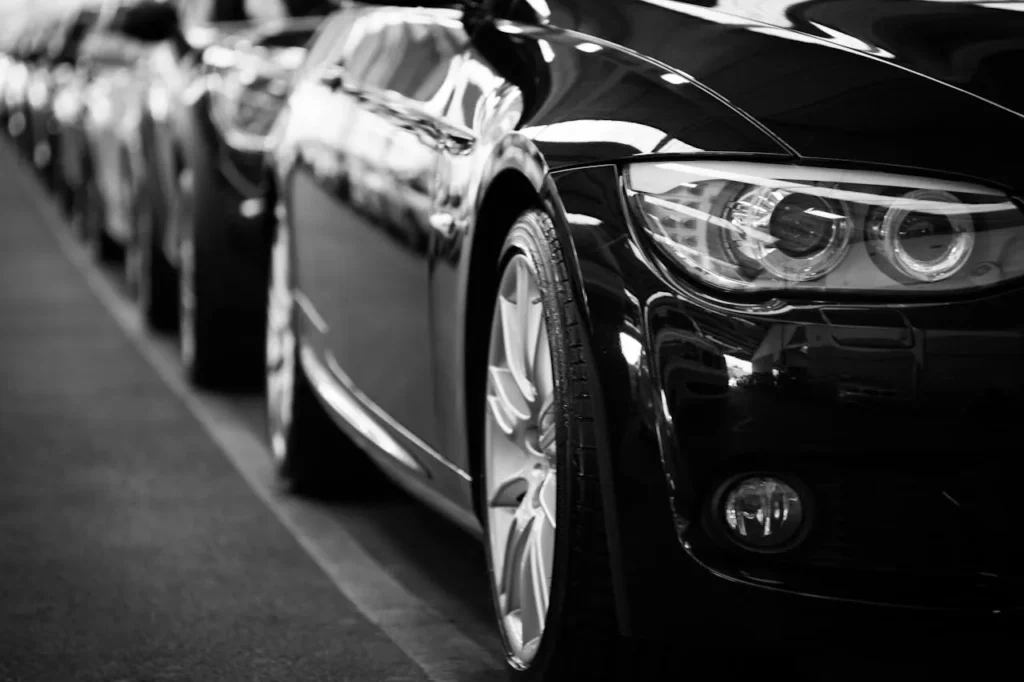
The “Steel Stories” podcast episode featuring Lindland is now live on all major streaming platforms, offering listeners an insightful overview of how the auto sector is changing. For those eager to explore the topic in greater depth, U. S. Steel has also released an extended “Director’s Cut” version on its YouTube channel. This longer edition includes bonus content on critical topics such as EV infrastructure challenges, the timeline for mass autonomous adoption, shifting consumer behavior, and steel’s strategic role in each of these areas.
The Director’s Cut takes a more expansive view, with Lindland and Kirkpatrick unpacking what the automotive ecosystem might look like in five, ten, and twenty years. They also discuss the implications of geopolitical and economic trends on the supply chain and how domestic steel production can offer a buffer against global volatility.
A Launchpad for Future Conversations
Lindland’s participation doesn’t end with a single episode. U. S. Steel has announced that she will return as a guest host for a forthcoming “Steel Stories” mini-series entirely focused on the future of mobility. This upcoming series will build on the current episode’s themes while exploring what’s ahead for vehicle designers, materials engineers, and manufacturers.
Listeners can expect future discussions to delve into autonomous driving platforms, vehicle-to-everything (V2X) communication, sustainable materials innovation, and how federal policy is shaping the transportation infrastructure of tomorrow. As host, Lindland will bring her trademark clarity and context to a range of timely and often complex topics.
U. S. Steel’s Commitment to the Automotive Industry
Beyond its media outreach, U. S. Steel is a critical stakeholder in the future of transportation. The company offers an extensive portfolio of advanced steel products engineered specifically for automotive applications. From dual-phase and transformation-induced plasticity steels to new grades of ultra-high-strength steel, U. S. Steel is helping automakers meet increasingly stringent standards for crashworthiness, emissions, and fuel economy.
Collaboration with original equipment manufacturers (OEMs) is central to U. S. Steel’s approach. By working closely with vehicle designers and engineers, the company ensures its material solutions align with emerging design philosophies and evolving manufacturing techniques.
A key pillar of this strategy is the U. S. Steel Automotive Research & Design Center located in Troy, Michigan. As the only facility of its kind operated by a domestic steel producer, the center places U. S. Steel at the heart of the automotive innovation corridor. Proximity to Detroit and other major OEM hubs allows the company to rapidly prototype, test, and iterate on new steel formulations in real time with industry partners.
Steel at the Crossroads of Innovation
The latest episode of “Steel Stories” offers more than a snapshot of current automotive trends — it provides a vision for how American industry is adapting to global challenges and seizing emerging opportunities. In Lindland’s conversation with Kirkpatrick, listeners hear not only how steel remains vital to vehicle safety and sustainability, but also how it is becoming a strategic asset in the digital and electric transformation of mobility.
As Lindland aptly summarizes, “Steel has never been more relevant. It’s not just about holding the car together — it’s about enabling what the car can become.”
